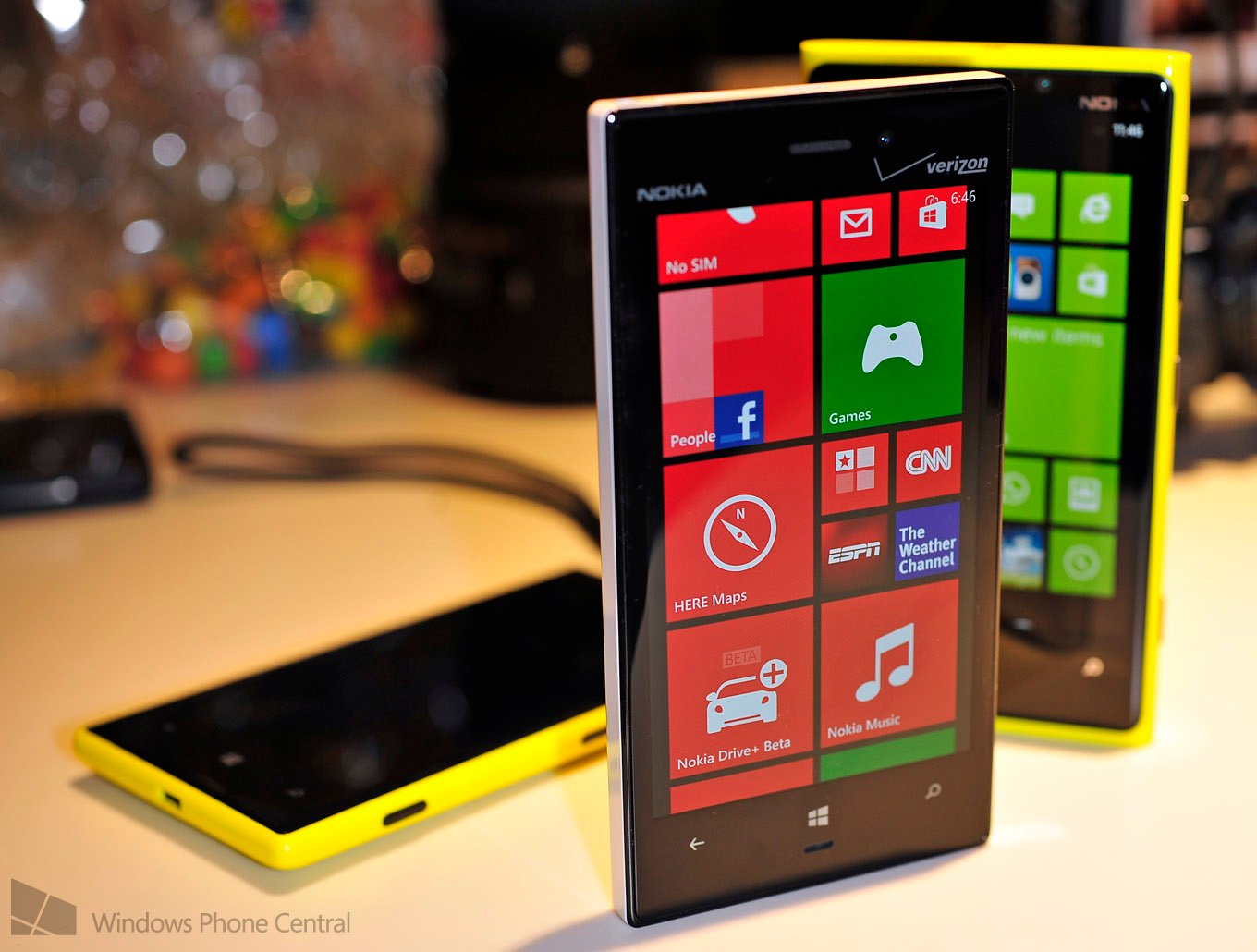Microsoft Research doesn't want you to plug your phone in for a week

Microsoft Research is looking into white space frequencies, that we already know from an exploration venture kicked off by UK telecommunication regulator Ofcom. So what exactly are white spaces? Just in case you're confused thus far, they're essentially parts of the frequency band that aren't actively being used by digital TV or wireless systems. Making use of airwaves that are currently unused would open up new possibilities for a number of applications, which participating organisations are collaborating to work towards perfecting.
In the US, Microsoft Research has been working on white space exploration for some time now. The team has been able to install a chip on devices (including smartphones) to take full advantage of free parts of the spectrum available. Wireless data usage is increasing globally with more and more hardware connecting to the Internet. White space can even provide quicker access speeds for devices compared to standard wireless networks you use at home and work today (2GHz and 5GHz).
The Xbox team actually utilises a wireless protocol that helps deliver high throughput and low latency – essential for online gaming.
"This was a challenging twist aimed at scenarios where the gaming device shares spectrum with other home Wi-Fi devices. Each of these devices contends for wireless bandwidth, resulting in collisions and retransmissions. This may be undetectable for some applications, but in gaming, every touch or action must be transmitted within a finite amount of time. A delayed response time degrades the user experience."
To address this problem, a protocol was designed that prioritizes gaming traffic in a way that gives it a higher chance of getting delivered within a specified period of time without affecting the experience of other devices in the home. Ranveer Chandra from Microsoft Research took some time to talk about why they're looking into white space, how it can be useful for consumers and what the company has been able to achieve thus far.
It's interesting because the team at Microsoft Research has a number of challenges that have to be addressed. Since 2010, increasing battery life has been among these challenges (actually, you could say it's an ambitious mission), leading the team to investigate in new types of battery, how the operating system can improve efficiency, as well as installed apps and games. Then you have radio usage – think about syncing emails while the screen is turned off. As an example, the radio turns on, email is processed with the CPU and even after everything has completed, the radio remains turned 'on' for some time.
They're looking at numerous aspects of reducing energy usage in mobile hardware both internally and externally. I strongly urge you to head on over to the Microsoft Research website (link below) and read through the published article for more details – it's interesting stuff.
Source: Microsoft Research
Get the Windows Central Newsletter
All the latest news, reviews, and guides for Windows and Xbox diehards.

Rich Edmonds was formerly a Senior Editor of PC hardware at Windows Central, covering everything related to PC components and NAS. He's been involved in technology for more than a decade and knows a thing or two about the magic inside a PC chassis. You can follow him on Twitter at @RichEdmonds.